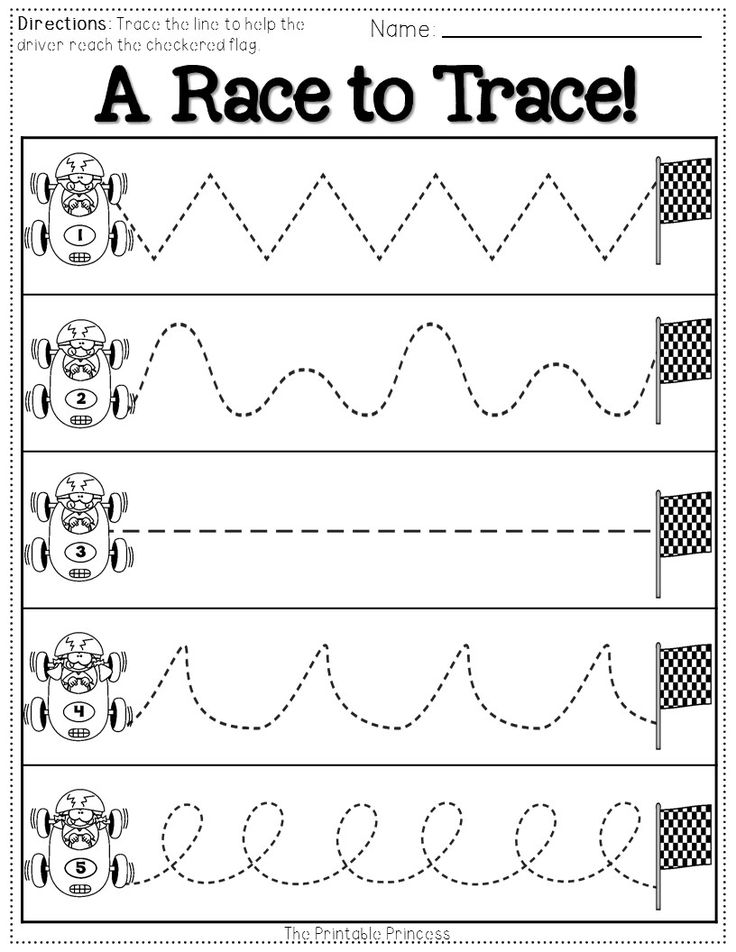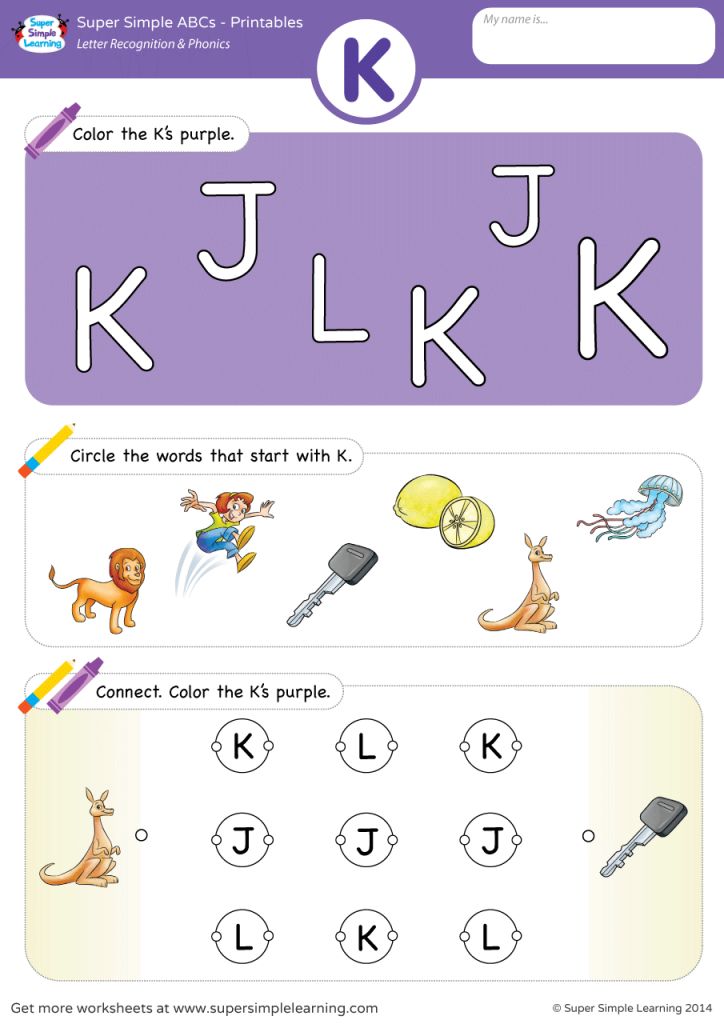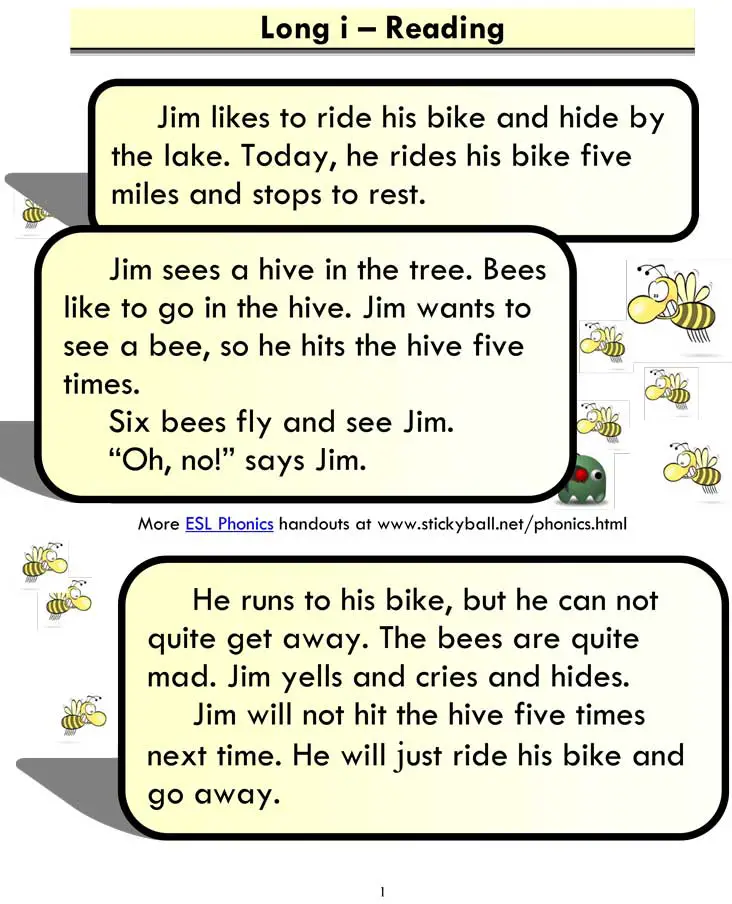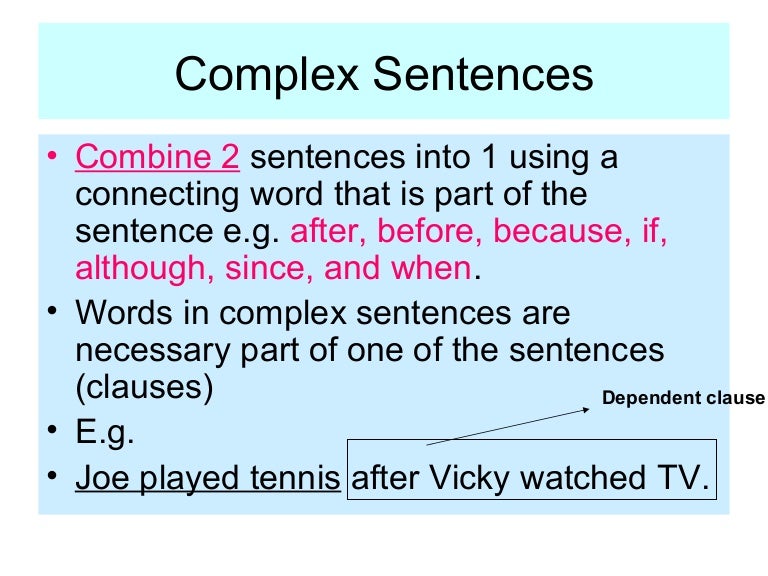Reading level measurement
| Our Automatic Readability Checker takes a sample of your writing and calculates the number of sentences, words, syllables, and characters in your sample. Our program takes the output of these numbers and plugs them into seven popular readability formulas. These readability formulas (see below) will let you know the reading level and grade level of your text and help you determine if your audience can read your writing. (Note: We also have separate readability tools to calculate grade levels using the Fry Graph, Raygor Estimate Graph, Spache Formula, and New Dale-Chall Formula, located here: Free Readability Calculators and Text Tools). Directions: Paste in a sample of text and click "CHECK TEXT READABILITY. Paste a sample of plain text in the box. Your sample can be between 150-3000 words. We do not store or reuse your text in any way. Security check - Are you human?: Yes. (Click the box) Our free readability formula tool will analyze your text and output the results based on these readability formulas. Our tool will also help you determine the grade level for your text. 1. The Flesch Reading Ease formula will output a number from 0 to 100 - a higher score indicates easier reading. 2. The Flesch-Kincaid Grade Level outputs a U.S. school grade level; this indicates the average student in that grade level can read the text. For example, a score of 7.4 indicates that the text is understood by an average student in 7th grade. 3. The Fog Scale (Gunning FOG Formula) is similar to the Flesch scale in that it compares syllables and sentence lengths. A Fog score of 5 is readable, 10 is hard, 15 is difficult, and 20 is very difficult. Based on its name, 'Foggy' words are words that contain 3 or more syllables. 4. 5. The Coleman-Liau Index relies on characters instead of syllables per word and sentence length. This formula will output a grade. For example, 10.6 means your text is appropriate for a 10-11th grade high school student. 6. Automated Readability Index outputs a number which approximates the grade level needed to comprehend the text. For example, if the ARI outputs the number 3, it means students in 3rd grade (ages 8-9 yrs. old) should be able to comprehend the text. 7. Linsear Write Formula is a readability formula for English text, originally developed for the United States Air Force to help them calculate the readability of their technical manuals. StyleWriter software: use it to write better content! Download your free trial! | ||
| Flesch Grade Level Readability Formula improves upon the Flesch Reading Ease Readability Formula. Rudolph Flesch, an author, writing consultant, and the supporter of Plain English Movement, is the co-author of this formula along with John P. Kincaid. Thats why it is also called Flesch-Kincaid Grade Level Readability Test. Raised in Austria, Flesch studied law and earned a Ph.D. in English from the Columbia University. Flesch, through his writings and speeches, advocated a return to phonics. ** ( Use our free Flesch Grade Level Calculator to grade your text using the Flesch Grade Level formula). In 1976 the US Navy modified the Reading Ease formula to produce a grade-level score by applying the Flesch Grade-Scale formula, or the Kincaid formula. John P. Kincaid was assisted by Fishburne, Rogers, and Chissom, in his research. This formula is known by different names, like Flesch-Kincaid Index, Flesch-Kincaid Grade Level Score, Flesch-Kincaid Scale, Flesch-Kincaid Score, Flesch-Kincaid Readability Score, Flesch-Kincaid Readability Statistics, Flesch-Kincaid Grade Level Index, Flesch-Kincaid Readability Index, Flesch-Kincaid readability equation, and so on. Originally formulated for US Navy purposes, this Formula is best suited in the field of education. The Flesch-Kincaid Grade Level Readability Formula Step 1: Calculate the average number of words used per sentence. Step 2: Calculate the average number of syllables per word. Step 3: Multiply the average number of words by 0.39 and add it to the average number of syllables per word multiplied by 11.8. Step 4: Subtract 15.59 from the result. The specific mathematical formula is: FKRA = (0.39 x ASL) + (11.8 x ASW) - 15.59 Where, FKRA = Flesch-Kincaid Reading Age ASL = Average Sentence Length (i.e., the number of words divided by the number of sentences) ASW = Average number of Syllable per Word (i.e., the number of syllables divided by the number of words) Analyzing the results is a simple exercise. For instance, a score of 5.0 indicates a grade-school level; i.e., a score of 9.3 means that a ninth grader would be able to read the document. Theoretically, the lowest grade level score could be -3.4, but since there are no real passages that have every sentence consisting of a one-syllable word, it is a highly improbable result in practice. The US Government Department of Defense uses Flesch-Kincaid Grade Level formula as a standard test. ** ( Use our free Flesch Grade Level Calculator to grade your text using the Flesch Grade Level formula) StyleWriter software: use it to write better content! Download your free trial! | ||
Read speed test. Online simulator for developing reading speed and awareness skills in 2021!
Reading speed is an important indicator not only for schoolchildren, who regularly check it. It is very important for an adult in the modern world to be able to navigate in huge flows of information. A reading speed test will help you determine your current level and see if you need to work on improving this skill or if you are reading fluently enough.
A reading speed test will help you determine your current level and see if you need to work on improving this skill or if you are reading fluently enough.
Content
1. How to check reading speed?
2. How can I check my reading speed myself?
3. How to test a child's reading speed?
4. What reading speed is considered normal for adults and children?
5. How to choose the right text to test reading speed?
6. The book "Everything you wanted to know about speed reading, but were afraid to ask"
How to check reading speed?
The easiest way is to take a stopwatch (you can use the application on your phone), a text to check your reading speed and read it at a normal pace for one minute. It is important that the text is non-technical, does not contain highly specialized terms and concepts, and is not familiar to the reader. The text should not be too primitive.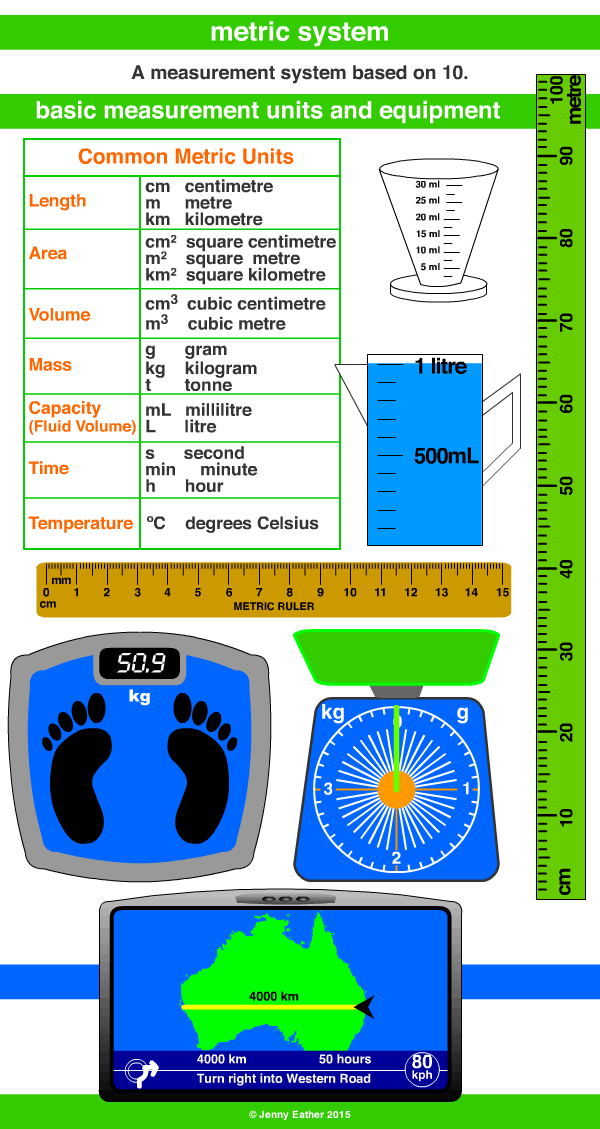 The testee must see the text for the first time so that the results are not artificially inflated.
The testee must see the text for the first time so that the results are not artificially inflated.
But what do you care about speed, if you don't understand with what awareness you absorb the text? :)
A much better way to find out your reading speed is to take a free online test. To do this, sit back, enter your name in the form above, press the button and you will immediately see the text that you need to read, slowly, trying to understand everything that is written.
When the entire text is read - click on the button at the very bottom. The program will automatically determine the reading speed and prompt you to answer a few questions to understand the degree of assimilation of the material. As a result of testing, you will receive not only the result of your reading speed and awareness, but also recommendations for improving your reading technique in the format of the book "Everything you wanted to know about speed reading, but were afraid to ask." Enter a name.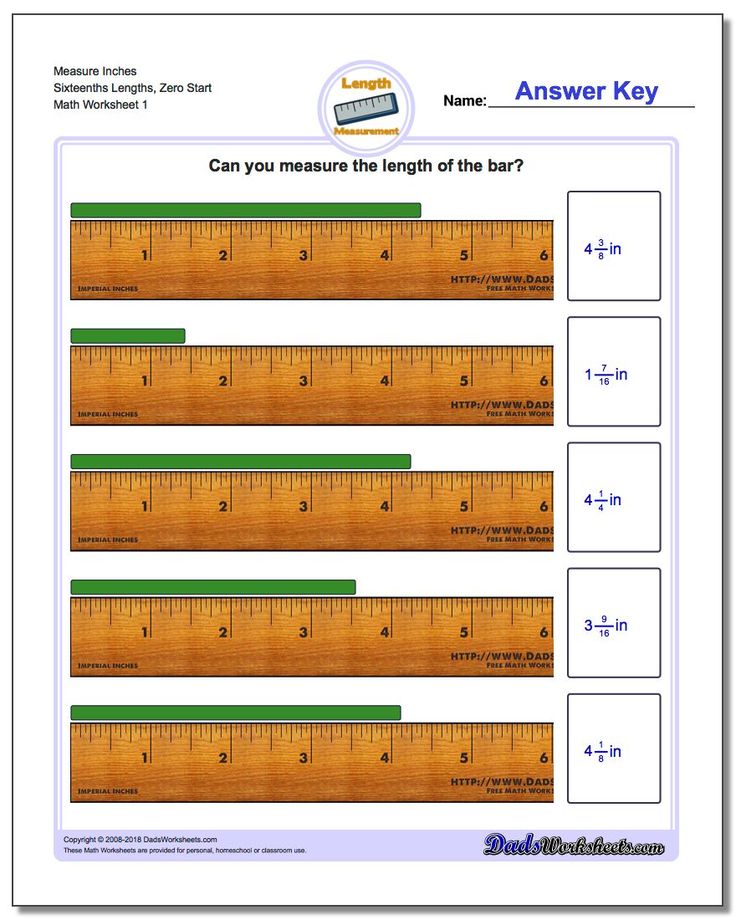 Click the button and find out your real reading speed. Have a good day.
Click the button and find out your real reading speed. Have a good day.
How can I test my reading speed myself?
We have prepared for you a tool with which you can independently check the speed of reading. Our tool include a certain amount of text that you need to read as quickly as possible. You will then have the opportunity to answer a series of questions about the text, allowing the program to determine your level of understanding. Based on the data received, a result and a certificate are issued. This certificate can be shared with your friends on social networks and challenge them to a battle to test the speed and awareness of reading :).
If you want to do it yourself, you can do it according to the following scenario. A text of medium complexity is taken, located on one sheet. You will need an assistant who will keep track of the time and will be able to test the level of your understanding of the information. Check algorithm:
Simultaneously with the start command and the start of the stopwatch, you begin to silently read the text.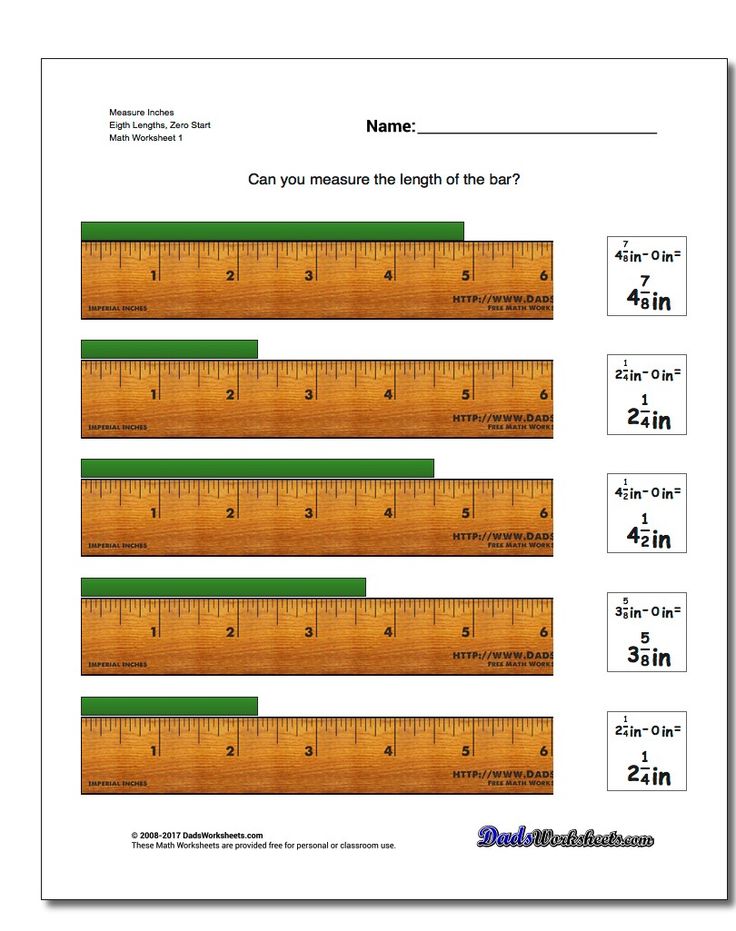
When the text is finished, you say stop - time stops.
Then you need to answer a few questions regarding the content (reading speed implies a full reading comprehension).
The last step is to count the words in the text and determine the average number of words per minute (words in the text can be counted before reading).
This is the certificate you can get based on the results of passing the test
How to check the reading speed of a child?
A child's reading speed can be tested in a similar way. The child should read aloud, at least in elementary school. Then you can switch to the usual way of checking for adults.
Schools often test reading skills by counting the number of words read per minute. This gives a small error, since words come in different sizes, but a similar verification method can also be used.
What reading speed is considered normal for adults and children?
The average reading speed for an adult is 200-230 words per minute.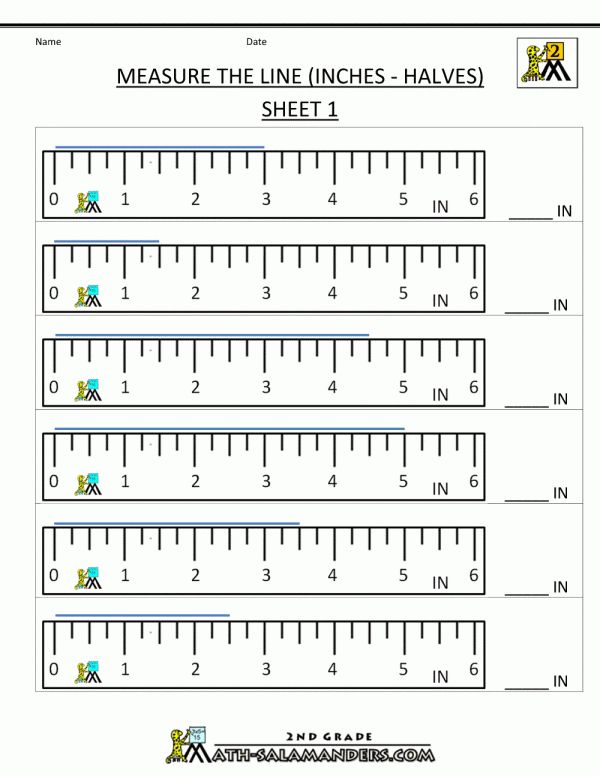 Below average, but an acceptable rate is 150-200 words per minute. Adults who read more than 230 words per minute are considered fast readers. For the speed reading technique, the optimal speed is 350-400 words per minute.
Below average, but an acceptable rate is 150-200 words per minute. Adults who read more than 230 words per minute are considered fast readers. For the speed reading technique, the optimal speed is 350-400 words per minute.
In children, the indicators are dynamic and change depending on age. Approximate norms used in elementary school:
20-30 words per minute for first grade;
45-60 words per minute for second grade;
70-85 words per minute for third grade;
90-125 words per minute for fourth grade.
How to choose the right text to test reading speed?
The criteria for selecting text to test reading speed are identical for adults and children. The only difference is the volume and complexity of the information. The text must match the following parameters:
medium difficulty appropriate for age;
the absence of specific unfamiliar words or their minimum number;
no dialogs;
location on one page;
large, comfortable to read font;
lack of pictures and other distracting elements.
In our tool for testing reading speed and comprehension, we tried to take into account all these factors so that the resulting tool would be convenient for both adults and children. At the same time, he gave a fairly clear answer to the question about the real reading speed.
It should be remembered that reading speed is a variable parameter, which decreases if a person rarely sits down at a book, and increases with constant reading. There are many special techniques aimed at significantly increasing the speed of reading text information.
Everything you wanted to know about speed reading but were afraid to ask test. So don't waste a second,
go back to the very top of the page and go take the test!Reading speed test online is simple, convenient and fast
We have already written so much here about how to correctly measure your reading speed, achieve awareness and interpret the results, that every second of delay before you pass the online reading speed test and receive a personal certificate is just like death. Return to the very beginning of the page, enter your name in the field under the video and go to the enchanting world of unfamiliar texts and tricky questions :).
Return to the very beginning of the page, enter your name in the field under the video and go to the enchanting world of unfamiliar texts and tricky questions :).
📖 Reading speed Q&A section
📕 What formula is used to calculate reading speed?
If it’s very short, then the formula for calculating the reading speed is as follows: V = (Q / T) x K. This formula allows you to get a real figure for reading speed with a correlation to the coefficient of meaningfulness. You can read more about the formula here in this article .
📗 What books do you recommend reading to develop speed reading?
We have compiled a list of the most useful books for the development of speed reading and posted it in a separate post on the blog. The list is constantly updated and gives an idea of the main books with which you can develop speed reading skills.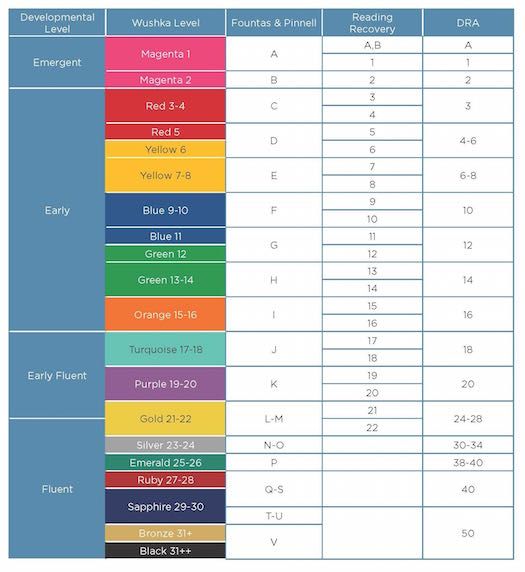
📘 What if I want to increase my reading speed?
You can start by learning the theory, or you can download our workbooks , which we have created especially for those who who wants to start learning speed reading. There are two of them: one notebook for adults, the second for children. Contains some theory and practical exercises designed for several weeks of regular classes.
📙 How to check a child's reading speed?
The reading speed test, which is located on our website, is suitable for both adults, as well as for children. We specifically tried to choose mostly literary texts that will be easy to read. to understand the child. Just go to the reading speed test page from the link above, enter child's name and start reading. Then the program will do everything for you.
📔 I want to check my reading speed online for free.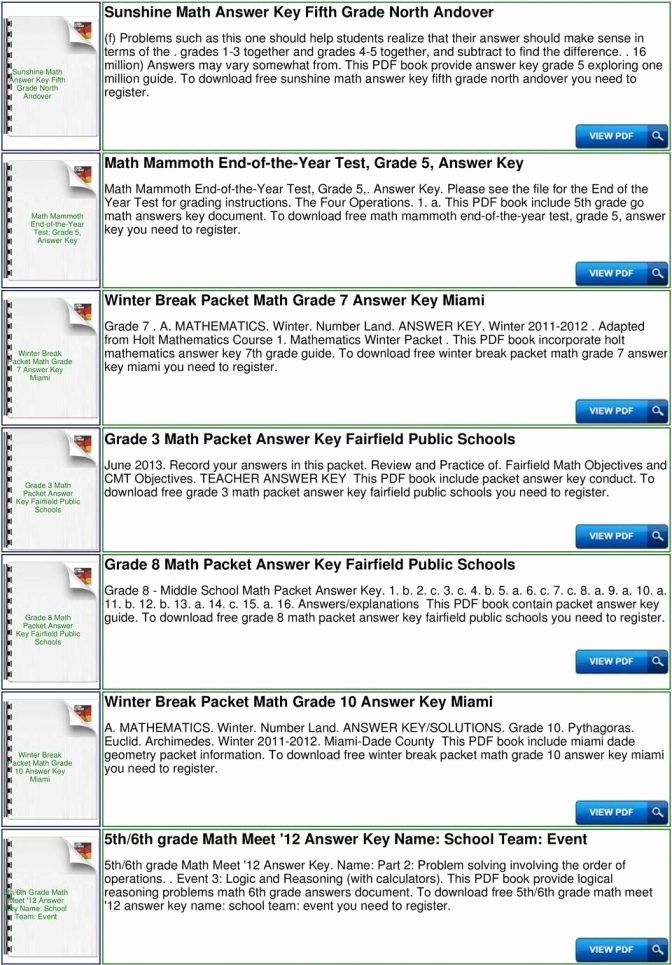 How to do it?
How to do it?
Easier nowhere. The tool, which is located at https://bukva.info/rapid/ , was created just for this. You just enter your name, read the text and answer the questions. The program monitors the speed of your reading and its meaningfulness. After answering the questions, you will receive a certificate with your result. The certificate can be shared with friends in social networks :).
📓 What is the "Read Fast" project?
Read Fast is a project dedicated to the problem of fast and conscious reading. We believe that you can read 3-4 times faster. However, the quality of memory reading material will only increase. Let's try together :).
The main parameters of the test task for measuring the level of formation of skills (on the example of reading) Kozhevnikova*
MAIN PARAMETERS OF A TEST FOR MEASURING THE LEVEL OF FORMATION OF SKILLS (BY THE EXAMPLE OF READING)
The article gives various definitions of the term “test task”, which are found in the English literature; the basic principles of test development are discussed; the requirements for test tasks are analyzed.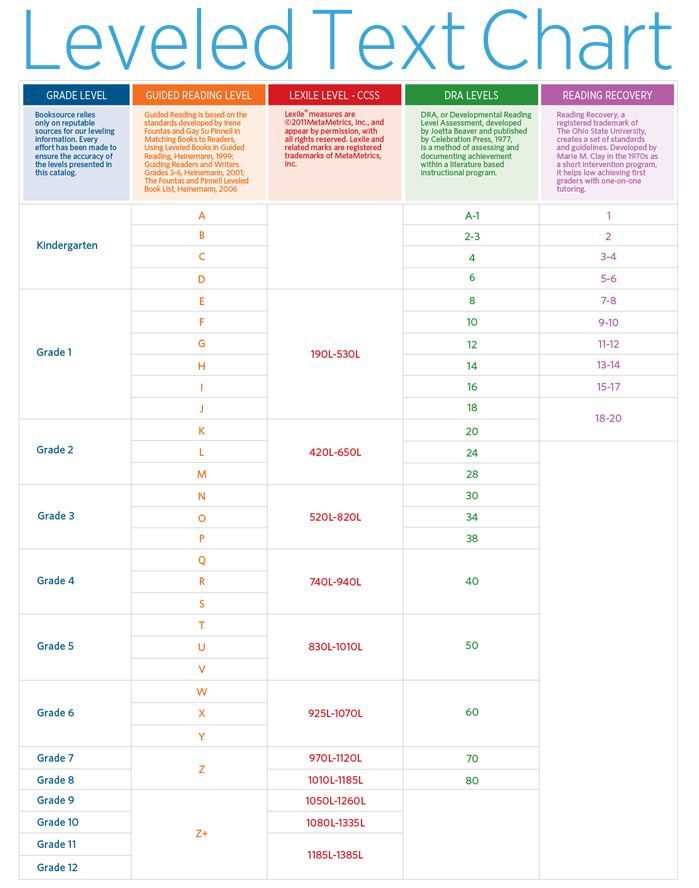
The term "test task" has several analogues in English literature: test method, technique, task, format, item, question, point. All these words are quite often used as close synonyms, a clear distinction in their meaning is not given anywhere. Quite often, the definitions of the “test task” include its various parameters, so some authors consider it necessary to clarify the meaning of the term that will be used in their work [5.C.54; 3.S.202; 4.C.41 and others]. For example, "multilingual glossary of language testing terms" [17.C.149] includes in the concept of "test item" "any testing item (testing point) in the test, for which a score or points are given." The "English-Russian terminological reference book on the methods of teaching foreign languages" [1.C.189] says: "A test task is the minimum component of the test unit, which involves a certain verbal or non-verbal reaction of the test person." D.D. Brown gives a definition, the first part of which coincides with the above definition: “A test item is the minimum constituent unit of a test that provides clear and meaningful information after it has passed the stage of objective or subjective assessment” [4. C.41], thereby emphasizing that the significance of the task can only be fully appreciated when the stage of its piloting, evaluation and statistical processing is carried out. As a result, for example, it may turn out that a task that at first glance seemed suitable for a given test may in fact not discriminate well enough between strong and weak subjects.
C.41], thereby emphasizing that the significance of the task can only be fully appreciated when the stage of its piloting, evaluation and statistical processing is carried out. As a result, for example, it may turn out that a task that at first glance seemed suitable for a given test may in fact not discriminate well enough between strong and weak subjects.
* © Kozhevnikova L. A., 2007
Lyudmila Alexandrovna Kozhevnikova - Department of Foreign Languages of Humanitarian Faculties of Samara State University.
Continuing the discussion of the topic of the variety of terms used in the literature on testing in relation to the concept of "test item", it should be noted that Alderson notes that an item can have several formats (Gorma1;) or use different testing techniques [3.C.202].
Before deciding on the type of test item, the test writer must consider how he can avoid, or at least reduce the possibility of measurement bias. This can be achieved by formulating the goals and objectives of testing as accurately as possible for a given group of subjects and the measured construct, as well as by choosing the optimal format for the test and test items and eliminating factors that are not related to the measurement of this construct.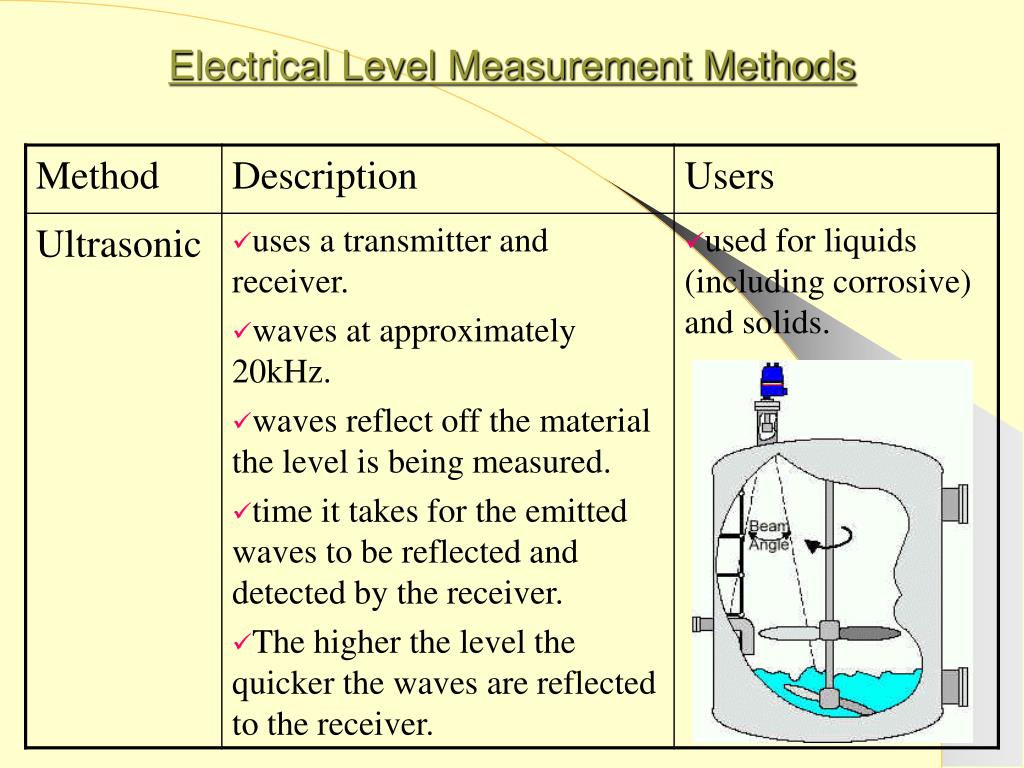 Let us consider these two points in more detail, using as an example the receptive type of speech activity - reading.
Let us consider these two points in more detail, using as an example the receptive type of speech activity - reading.
In modern testology, there are two approaches to understanding the nature of reading as a type of speech activity: a number of researchers believe that reading is unitary in nature, reading comprehension depends on the student's abilities (psycholinguistic, life experience, etc.) and on his desire to think over what they are reading [13.C.64]. Other researchers believe that reading is multi-component and can be subdivided into different components (skills, skills, strategies) and that students can demonstrate different levels of mastery of these components. Numerous studies provide evidence in favor of both points of view, so there is no clear picture yet, which one is the most correct. From the point of view of test forms of control, the only way out in this case is to make a clear distinction between the measured values (knowledge, skills, strategies) both when developing a test and when determining evaluation criteria.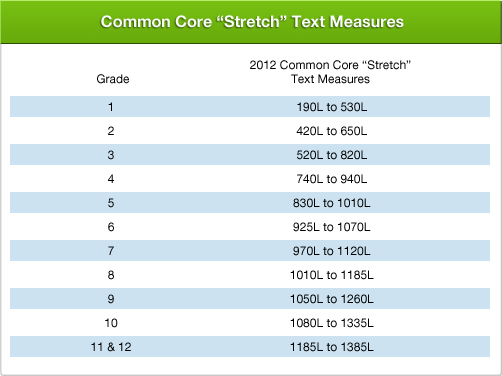 Otherwise, the overall mark or test completion rate in percentage terms (with a unitary approach) will not provide an opportunity to identify information about the reader's strengths and weaknesses.
Otherwise, the overall mark or test completion rate in percentage terms (with a unitary approach) will not provide an opportunity to identify information about the reader's strengths and weaknesses.
Having decided what exactly will be measured in a given reading test, the test compiler can begin to determine the test format and types of test items that will best contribute to this measurement, as well as calculate possible factors that may lead to distortion of test results.
The modern approach to communication testing suggests that a valid test should reflect as accurately as possible the interaction between the text and the reader that occurs in real life, where the background and general educational knowledge of the reader, as well as his language knowledge, come into close interaction with the information in the text so that he can fully understand the text in accordance with his chosen purpose and type of reading. Therefore, the task of the test compiler is to format
tests and types of tasks did not create artificial barriers that prevent the reader from using his entire intellectual arsenal of tools.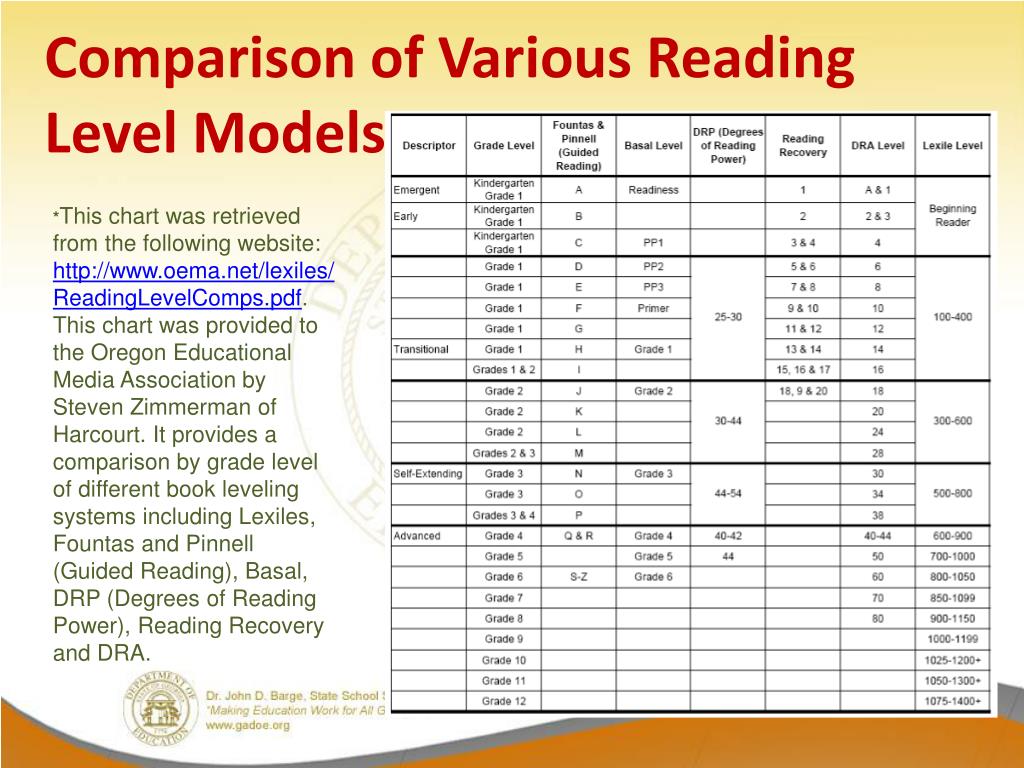 In terms of general requirements for the test, it is necessary, in particular, to determine the structure, subject and genre of texts, the set and distribution of tasks, the duration of the test, as well as the time allotted to complete each specific test task, which is calculated on the basis of determining the approximate reading speed in this group of test subjects.
In terms of general requirements for the test, it is necessary, in particular, to determine the structure, subject and genre of texts, the set and distribution of tasks, the duration of the test, as well as the time allotted to complete each specific test task, which is calculated on the basis of determining the approximate reading speed in this group of test subjects.
It should be noted that different researchers define the speed with which adult, well-trained readers should read in different ways. In the English-language research literature, the following indicators of reading speed for learners of English as a foreign language are indicated: for secondary school students, the speed of reading to themselves is 120-150 words per minute (s / m), for students - about 200 s / m [14.S. 56-57; 6.C.73]. R. Carter (R. Carter) indicates a figure of 300 s / m. In the domestic methodological literature, in particular in the works of Z.I. Klychnikova, the speed indicators for a well-read high school student are given: 164185 words per minute [2. p.29].
p.29].
For comparison, Nuttall gives data on the reading speed of a native speaker: the speed range can be from 140 to 800 s / m (when searching reading, the speed can reach up to a thousand words per minute), on average, an ordinary American reads at a speed of 300 s / m m [14.S. 56]. Naturally, the speed will vary significantly depending on the purpose of reading, the complexity of the text, information richness, etc.
When testing, it is important to determine the optimal time required to complete a particular task. The time limit is an important characteristic of any test, since the speed of information processing is an important component of the general language competence of the test person. Incorrectly calculated time will impair the accuracy of the indicators and the purity of the measurement of the construct, especially if the total time allotted for the entire test turns out to be too long and the subjects get tired, which will lead to a decrease in attention, motivation, errors, etc. In order to correctly calculate the time parameter, a series of piloting is carried out on such a sample of subjects, which will most fully represent the subsequent group of testees. At the same time, it is also necessary to calculate the time allotted for the implementation of various combinations of texts and test tasks. In this regard, Weir and Urquhart [15.C.151] suggest placing questions in the test in such a way that first there are tasks that require more careful reading, since, as practice shows, subjects tend to spend more time working with the first text. Therefore, tasks that test the skill of viewing and search reading would be more logically placed at the end of the test.
In order to correctly calculate the time parameter, a series of piloting is carried out on such a sample of subjects, which will most fully represent the subsequent group of testees. At the same time, it is also necessary to calculate the time allotted for the implementation of various combinations of texts and test tasks. In this regard, Weir and Urquhart [15.C.151] suggest placing questions in the test in such a way that first there are tasks that require more careful reading, since, as practice shows, subjects tend to spend more time working with the first text. Therefore, tasks that test the skill of viewing and search reading would be more logically placed at the end of the test.
It is also necessary to take into account the personal characteristics of the target group of subjects, such as, for example, their age characteristics, the presence of certain background knowledge necessary to understand the text selected for the test, etc. The test should help the subject to fully reveal their skills, use their knowledge.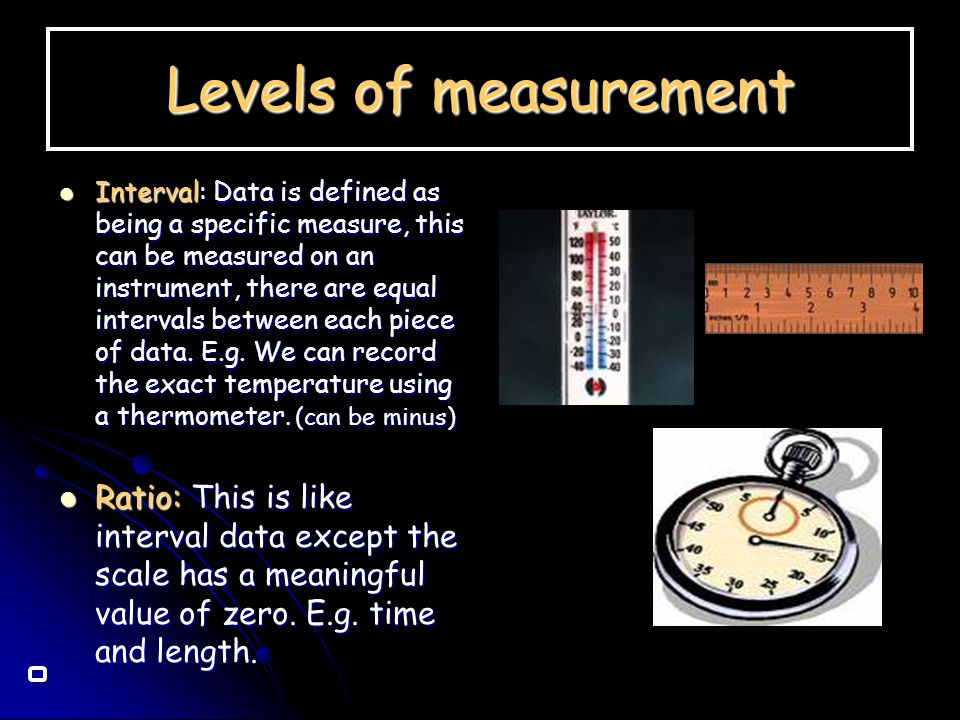 It should not cause emotional stress in the subject, also because this component of testing reduces the motivation of some readers and leads to lower rates [3.C.54]. To do this, in particular, it is necessary to comply with the following requirements for test tasks:0003
It should not cause emotional stress in the subject, also because this component of testing reduces the motivation of some readers and leads to lower rates [3.C.54]. To do this, in particular, it is necessary to comply with the following requirements for test tasks:0003
1. They must be clearly stated. If necessary, questions can be asked in their native language. In some types of tasks (summary, short answer) it seems quite reasonable to allow answers in the native language, since this greatly helps to check the depth of understanding of the text [12].
2. The format of the items should be familiar to the test taker and take into account either past experience with language teaching or a future field of activity where language knowledge will be applied. If, for example, this is a test of educational achievements that checks the level of students' mastery of specific language material and the degree of formation of speech skills and abilities for a certain period of study, it should fully reflect the type of texts, as well as those types of exercises and tasks that were performed in the class for this period.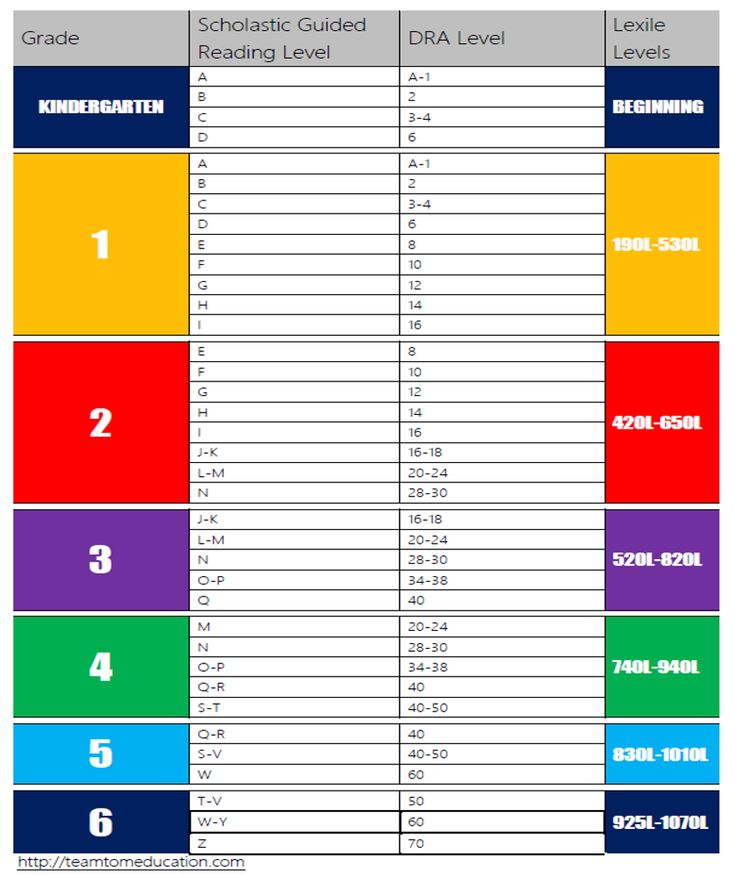 If it is a placement test or an entry test, it should contain the types of text and types of tasks that the examinees will encounter in the subsequent course of study. Let's say that developers need to create an entrance test, according to the results of which the test subjects will be enrolled in educational institutions for obtaining a master's degree. Consequently, they will have to work with academic texts, making full use of the skills and abilities of working with this kind of information. Therefore, the texts for the test should be selected from textbooks similar to those with which the test subjects will have to work in this educational institution, and the types of test items should correspond to the types of work that they will perform in the course of study, for example, tasks aimed at identifying skills abstract, summarize, fill in tables, interpret graphs, etc.
If it is a placement test or an entry test, it should contain the types of text and types of tasks that the examinees will encounter in the subsequent course of study. Let's say that developers need to create an entrance test, according to the results of which the test subjects will be enrolled in educational institutions for obtaining a master's degree. Consequently, they will have to work with academic texts, making full use of the skills and abilities of working with this kind of information. Therefore, the texts for the test should be selected from textbooks similar to those with which the test subjects will have to work in this educational institution, and the types of test items should correspond to the types of work that they will perform in the course of study, for example, tasks aimed at identifying skills abstract, summarize, fill in tables, interpret graphs, etc.
In terms of general requirements for test items, the following should also be remembered:
a) Only those skills and abilities that relate to the measured construct should be tested.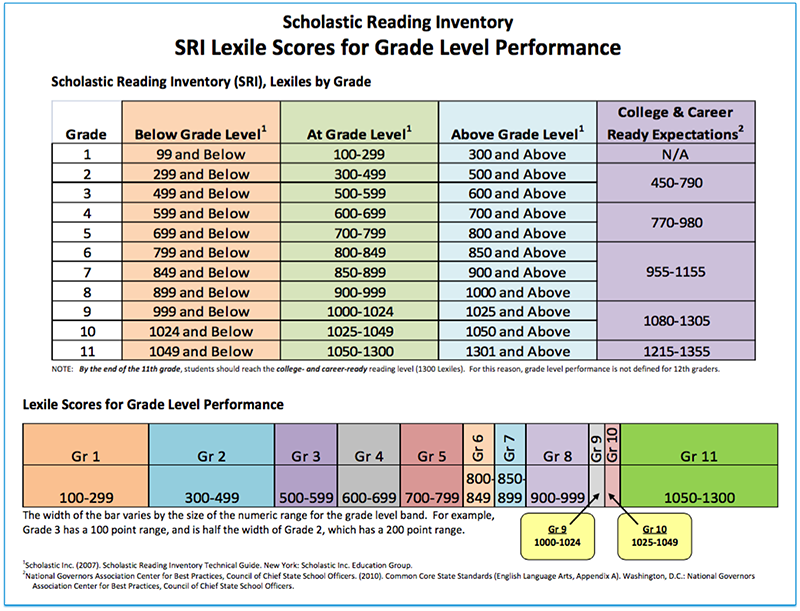 For example, when measuring the level of formation of reading skills, it is necessary to exclude the assessment of writing skills from the parameters of assessing the answer to a short question on the content of what has been read;
For example, when measuring the level of formation of reading skills, it is necessary to exclude the assessment of writing skills from the parameters of assessing the answer to a short question on the content of what has been read;
b) each test task measures only one skill;
c) the content of the test items should require an unambiguous answer from the test subject, and if there are multiple choice options, they should contain one and only one correct answer;
d) the question must be formulated in such a way that the subject must answer it only on the condition that he understood the read text, and the answer options must be selected in such a way that for someone who does not understand the material, any distractor should seem more likely answer than the correct answer;
e) questions should not contain more difficult vocabulary than the text itself;
e) the trivial should not be tested because it is easy to detect;
g) it is necessary to avoid questions that can be interpreted ambiguously.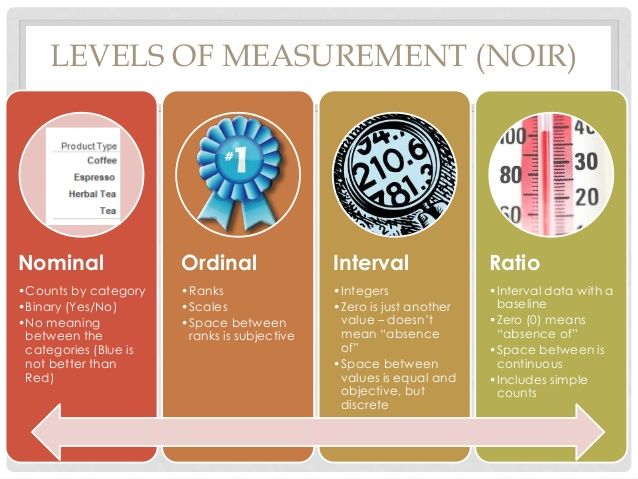 For example, it is necessary to exclude the use of negation, as well as words such as “all”, “every”, “always”, “never”, “sometimes”, “often”, which contain ambiguity or contradiction. The same applies to answer options: one cannot offer as the correct answer one that will, in particular, contain these words and, therefore, under certain conditions, present an argument that is doubtful from the point of view of the test subject;
For example, it is necessary to exclude the use of negation, as well as words such as “all”, “every”, “always”, “never”, “sometimes”, “often”, which contain ambiguity or contradiction. The same applies to answer options: one cannot offer as the correct answer one that will, in particular, contain these words and, therefore, under certain conditions, present an argument that is doubtful from the point of view of the test subject;
h) the question should not contain “unintentional”, most often, grammatical clues (for example, the presence of the article “an” in the basis of the task before the missing word tells the subject that of the proposed answers, the one that begins with a certain vowel, say, the word apple, and will be correct) [7. P.143; 16].
To check most types of reading, it is recommended to place tasks before the text. Firstly, many readers in a real, not a test situation, when starting to read, ask a number of questions, predict and anticipate its possible content. Therefore, such an arrangement of tasks seems more natural. Secondly, such an arrangement of questions helps the reader work on the text in a more structured way and choose the appropriate test strategies for completing tasks. For example, if the task tests the ability to find some specific information in the text, he will be able to answer this question by skimming the entire text without wasting time studying it carefully
Therefore, such an arrangement of tasks seems more natural. Secondly, such an arrangement of questions helps the reader work on the text in a more structured way and choose the appropriate test strategies for completing tasks. For example, if the task tests the ability to find some specific information in the text, he will be able to answer this question by skimming the entire text without wasting time studying it carefully
It is necessary to consider the sequence of questions to check the content of the text and also, if possible, try to model it so that it looks like natural [15.C.153]. Sometimes testologists recommend that the compiler of the test try to put himself in the place of the reader and predict how the interaction between the reader and the text will be built, what questions the proposed material may generate in the reader. In addition, questions should always be in the order of the information in the text, because, as shown by Kinch and Van Dijk [11], Just and Carpenter [8, 9
readers reconstruct the denotative-
referential representation of a text step by step, and building questions sequentially helps this cumulative process. Exceptions may be tasks that require the use of cursor (scanning) reading skills [10.C.130].
Exceptions may be tasks that require the use of cursor (scanning) reading skills [10.C.130].
It is also necessary to decide whether several different skills and strategies should be tested on one text. Perhaps it would be more appropriate to use different types of texts for this.
Thus, a communicatively directed reading test should take into account the personal characteristics of the subject, helping him to make the most of his intellectual baggage, and also reflect the real needs in this type of speech activity, including the type of discourse with which he will have to work, the tasks that he will decide when reading, the strategies, skills and abilities needed to solve these problems.
References:
1. Kolesnikova, I. English-Russian terminological reference book on the methods of teaching foreign languages / I. Kolesnikova, O. Dolgina. - Cambridge University Press, 2001. - 224 p.
2. Klychnikova, Z.I. Psychological features of teaching reading in a foreign language / Z. I. Klychnikov. - M.: Enlightenment, 1983. - 207 p.
I. Klychnikov. - M.: Enlightenment, 1983. - 207 p.
3. Alderson, C. Assessing Reading / C. Alderson. - Cambridge University Press, 2000.
4. Brown, J.D. Testing in language programs: a comprehensive guide to English Language assessment / J.D. brown. - McGrow-Hill, 2005.
5. Cohen, A.D. Assessing Language Ability in the Classroom / A.D. Cohen. - Heinle and Heinle Publishers, 1994.
6. Eskey, D.E. A Model program for teaching advanced students of English as a Foreign Language in Mackay, et al.(eds) / D.E. Eskey // Reading in a Second Language: Hypotheses, Organization, and Practice Newbury House Publishers, Massachusetts, 1979.
7. Farr, R. Recent Theory and Research into the Reading Process: Implications For Reading Assessment in Orasanu, J.( ed) / R. Farr, R. Carey, B. Tone // Reading Comprehension from Research to Practice. - Lawrence Erlbaum Associates, Publishers, Hillsdale. - New Jersey- London, 1986.
8. Just, V. A theory of reading from eye fixation to interpretation / V.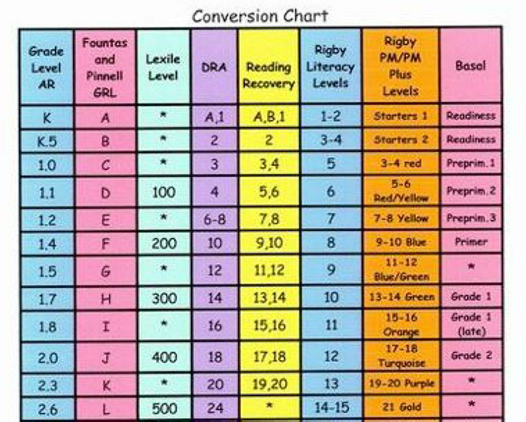 Just,
Just,
P.A. carpenter. - Psychological review, No. 87, 1980. - P. 329-54.
9. Just, V. The psychology of reading and Language comprehension / V. Just,
P.A. carpenter. - Boston, Mass.: Allyn and Bacon, 1987.
10. Hughes, A. Testing for Language Teachers / A. Hughes. - CUP, 1989.
11. Kinsch, W. Toward a model of text comprehension and production / W. Kinsch,
T.A. Dijk van. - Psychological Review, 85, 1978. - P. 363-394.
12. Lee, J.F. On the use of the recall task to measure L2 reading comprehension / J.F. Lee. - Studies in Second Language Acquisition 8(1), P. 83-93.
13. Lunzer, E The Effective Use of Reading / E. Lunzer, K. Gardner. - Heinemann Educational Books for the School Council, 1979.
14. Nuttall, C. "Teaching in a Foreign Language / C. Nuttall. - Heinemann, 1996.
15. Urquhart, S. Reading in a Second Language: process , product and practice /
S. Urquhart, C. Weir. - Longman, 1998.
16.

 An average document has a Flesch Reading Ease score between 6 - 70. As a rule of thumb, scores of 90-100 can be understood by an average 5th grader. 8th and 9th grade students can understand documents with a score of 60-70; and college graduates can understand documents with a score of
0-30.
An average document has a Flesch Reading Ease score between 6 - 70. As a rule of thumb, scores of 90-100 can be understood by an average 5th grader. 8th and 9th grade students can understand documents with a score of 60-70; and college graduates can understand documents with a score of
0-30.  The SMOG Index outputs a U.S. school grade level; this indicates the average student in that grade level can read the text. For example, a score of 7.4 indicates that the text is understood by an average student in 7th grade.
The SMOG Index outputs a U.S. school grade level; this indicates the average student in that grade level can read the text. For example, a score of 7.4 indicates that the text is understood by an average student in 7th grade. 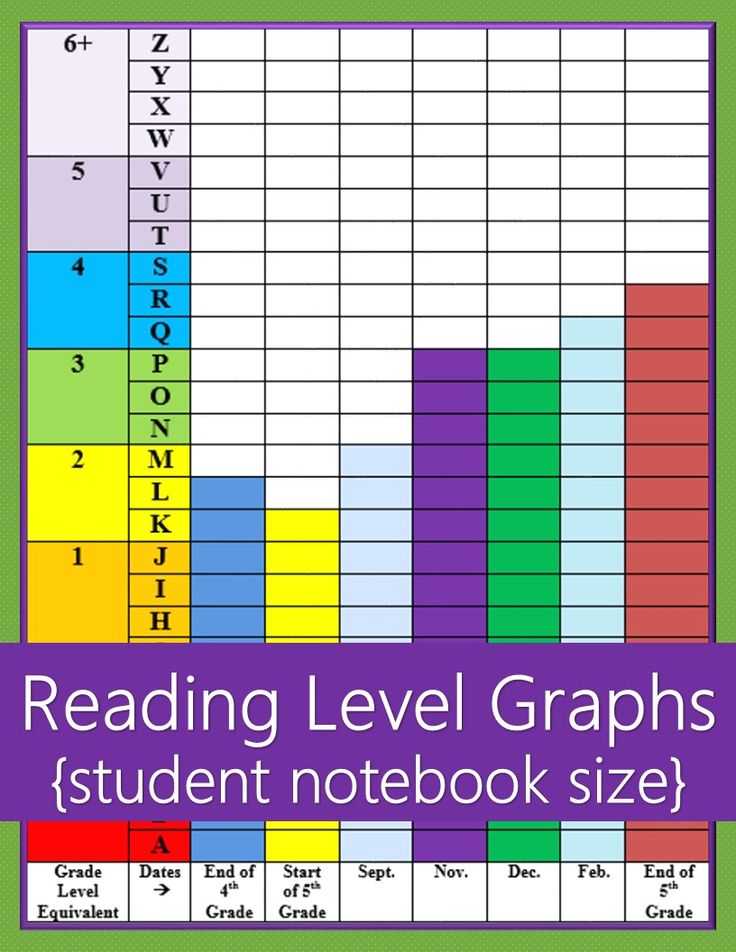 Linsear Write Formula is specifically designed to calculate the United States grade level of a text sample based on sentence length and the number words used that have three or more syllables.
Linsear Write Formula is specifically designed to calculate the United States grade level of a text sample based on sentence length and the number words used that have three or more syllables.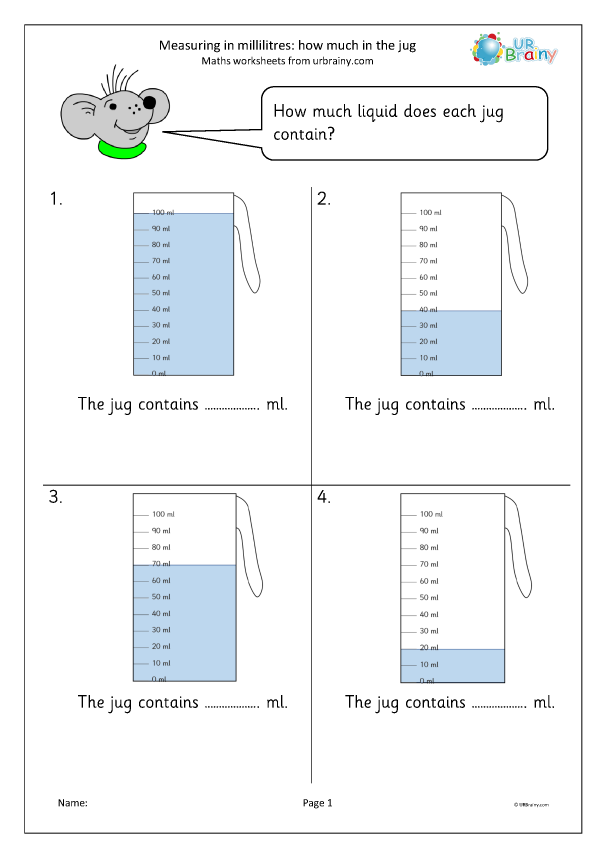 In his article, A New Readability Yardstick, published in the Journal of Applied Psychology in 1948, Flesch proposed the Reading Ease Readability Formula.
In his article, A New Readability Yardstick, published in the Journal of Applied Psychology in 1948, Flesch proposed the Reading Ease Readability Formula. 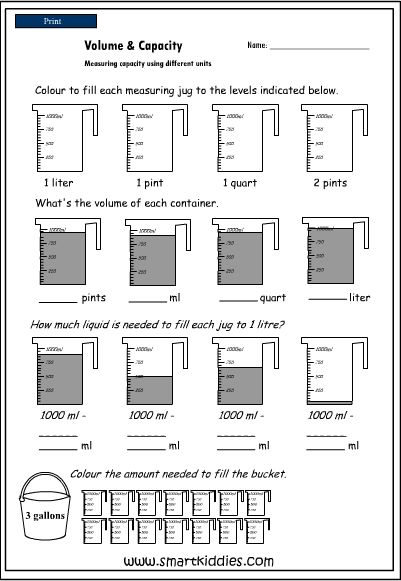
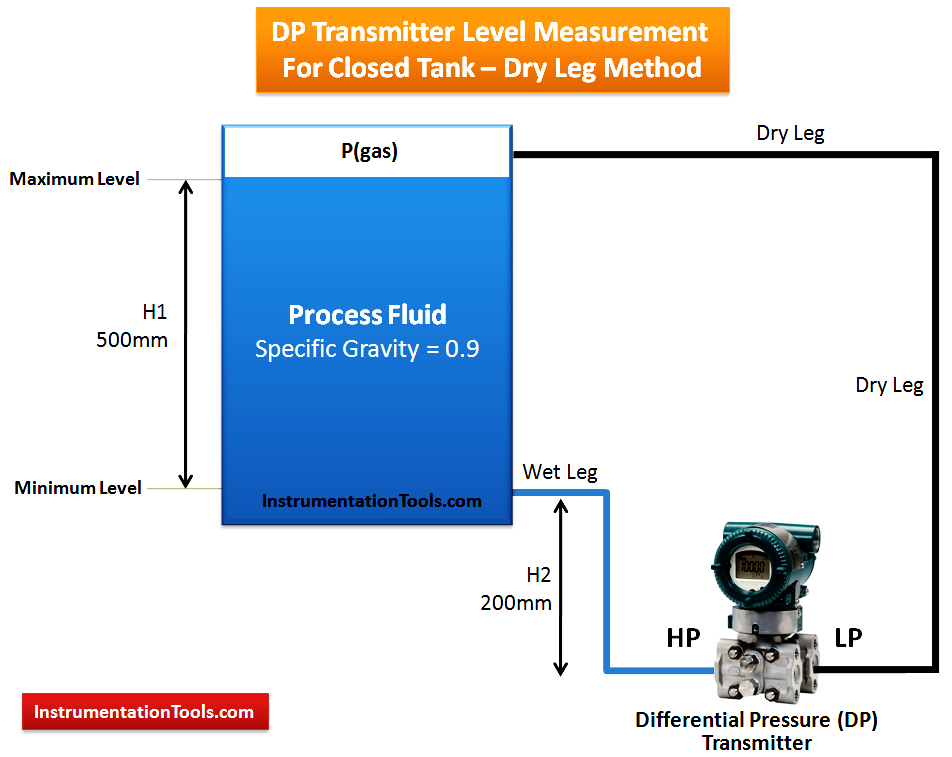 This score makes it easier for teachers, parents, librarians, and others to judge the readability level of various books and texts for the students.
This score makes it easier for teachers, parents, librarians, and others to judge the readability level of various books and texts for the students. 